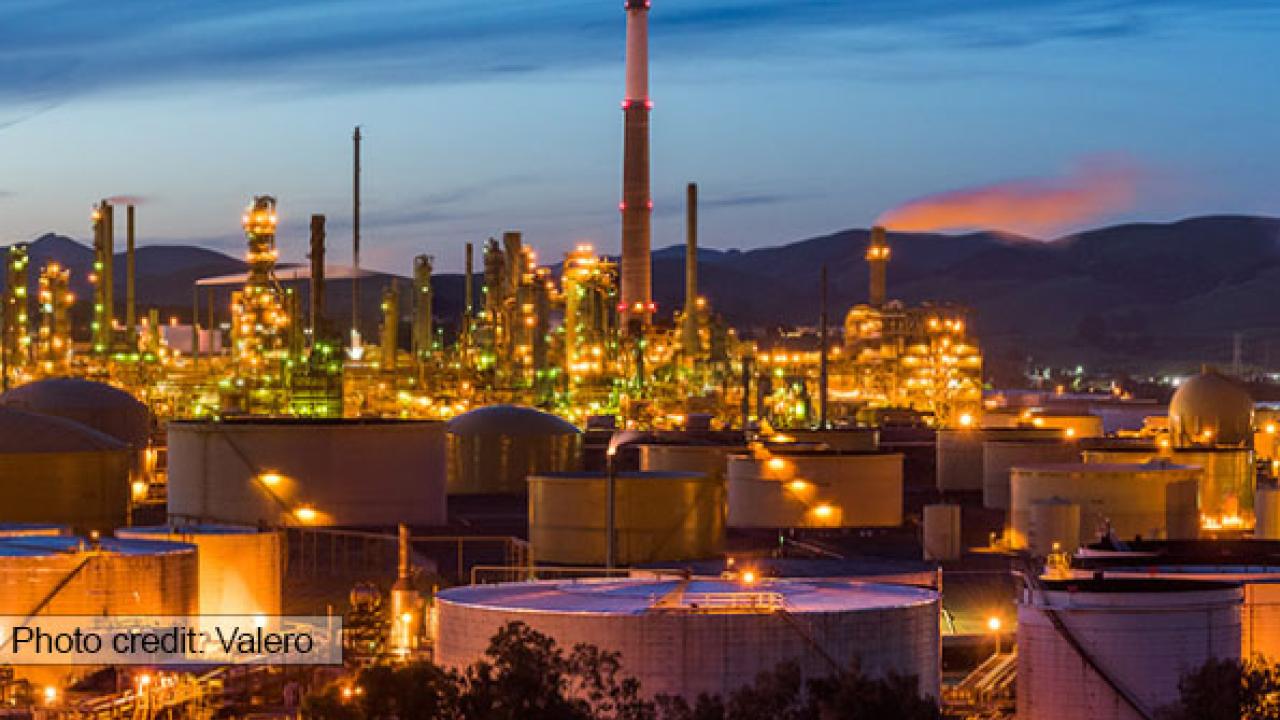
California Gas Prices Set to Soar in 2026
Two refinery closures will leave Californians with less gas and higher prices.
Retail gasoline prices in California have been consistently higher than the U.S. average, but the gap may continue to grow with the upcoming closure of two gasoline refineries. A new article by University of California, Davis, economists examines the impact of these closures on California gas prices. The authors find that, by August 2026, when the full effect of the closures is realized, California prices could rise by $1.21 if no further significant changes happen in the market.
Phillips 66 announced it would be shutting down its Wilmington refinery in the fourth quarter of 2025 and Valero, announced it would also be closing its Benicia facility in April 2026. These two facilities account for 8.3% and 8.6% of the total refining capacity in the state, respectively. What will a 17% decrease in refining capacity look like for California consumers?
To be compliant with California’s stringent air quality and other environmental regulations, California gasoline must be blended with specific components not required elsewhere in the United States. As a result, most of the gasoline used in California is produced in-state. When major California refineries shut down, this supply cannot be easily replaced with out-of-state supply and Californians are more likely to feel the results at the pump.
Price differences between California and the rest of the United States have been gradually increasing, said Bulat Gafarov, a co-author on the paper and an assistant professor of agricultural and resource economics at UC Davis.
“In 2000, the California gas price was approximately $0.25 higher than the national average, but by 2025 the difference increased to $1.50,” Gafarov wrote.
The authors investigated how the upcoming decrease in refining capacity would affect short-run and long-run gas prices. Assuming no other changes to demand or California policy, they expect that, almost immediately after the first closure, there will be a 40 cent increase in California gas prices. As the market reaches a new equilibrium after both refineries close (around August 2026), they expect to see prices rise to $1.21 above their current market price.
“One way to potentially avoid this price increase could be to change regulatory constraints in California, which would allow more imports,” co-author Armando R. Colina, a senior economist at Banco de Mexico and a UC Davis alum, said. However, given infrastructure constraints, even this may not significantly decrease the coming gas price increases.
Read the full article by Colina, Gafarov, and UC Davis professor Jens Hilscher in the ARE Update published by the UC Giannini Foundation of Agricultural Economics.
ARE Update is a bimonthly magazine published by the Giannini Foundation of Agricultural Economics to educate policymakers and agribusiness professionals about new research or analysis of important topics in agricultural and resource economics. Articles are written by Giannini Foundation members, including University of California faculty and Cooperative Extension specialists in agricultural and resource economics, and university graduate students. Learn more about the Giannini Foundation and its publications at https://giannini.ucop.edu/.
Media Resources
- Ria DeBiase, Communications Director, Giannini Foundation of Agricultural Economics, (530) 752-3508, rwdebiase@ucdavis.edu.
- Bulat Gafarov, assistant professor, Department of Agricultural and Resource Economics, UC Davis, bgafarov@ucdavis.edu.
- Ellen M. Bruno, assistant professor of Cooperative Extension, Department of Agricultural and Resource Economics, UC Berkeley and Co-editor, ARE Update, Giannini Foundation of Agricultural Economics, ebruno@berkeley.edu.